Globalization has turnes the world into a ‘Global Village’. It has allows countries tailored towards their strengths to collaborate and integrate value together, such as India and the USA in clothing where the USA benefits from cheap imports from India. But understanding such dynamics are critical. This looks at where is cotton grown and the economic consequences that come with it alongside the fashion industry.
Table of contents
- Where is cotton grown in the world: Transport and purchasing power
- Top Cotton producing countries explained
- India’s Cotton Industry: Powerhouse of Production
- The Technological Advantage of China in Cotton Crop Farming
- Combining Sustainability with Scale: the United States
- Pakistan: Cotton’s Strategic Importance
- Brazil: An Emerging Cotton Export Giant
- Uzbekistan: Central Asia’s Cotton Pioneer
- Africa: Rising Cotton Producers
- Australia: Efficiency and Quality in Cotton
- Climate, Soil, and Location: Key Factors in Cotton Growth
- Cotton Farming’s Evolution: Sustainability Strategies
- Impact of Global Trade on Cotton Growth: Trade Dynamics
- Technological Innovations and its Importance
- The Most Important Changes and Trends Selected for the Future of Cotton
- Policy Impacts on Cotton Production
- Social and Labor Factors
- Water Use and the Environmental Costs of Cotton Production
- Organic Cotton: An Emerging Shift
- Cotton’s Advantages Over Synthetics and Their Competition
- Cotton and Ecosystem Protection
- Women and Cotton Cultivation
- Education and Advanced Preparation for The Farmers
- Genetically Modified (GM) Cotton and Biotechnology
- Cotton Growers Challenges
- The Future of Cotton and Climate Change
- Demand of consumers and the cotton
- Concluding Remarks on the Global Trends of Cotton
- FAQs
Where is cotton grown in the world: Transport and purchasing power
Cotton has a special role to play due to its characteristics qualities. It supports the socioeconomic parameters of continents, regions, and nations. It acts as a marker of employment and provision of educational facilities in many countries around the world. By analyzing the supply chain, Australia paired their textile and apparel industry with cotton plant growing healthy climate, which results in huge savings in the American market. Further, climate change allows predicting supply and price shocks and changes providing competitive advantages. This is the primary goal requested when asked in what country is cotton grown.
Top Cotton producing countries explained
What countries produce the most cotton in the World? World production is dominated by China, India, and the United States. Together, these three account for over 60% of global production. India comes first with millions of smallholder farms. Followed by China’s high-tech, large-scale operations. The United States blends technology and traditional farming practices. Other significant contributors include Brazil, Pakistan, and Uzbekistan. These countries possess optimal climatic conditions alongside ample investment in agriculture. Therefore, looking at where is cotton grown in the world showcase both tradition and innovation.
India’s Cotton Industry: Powerhouse of Production
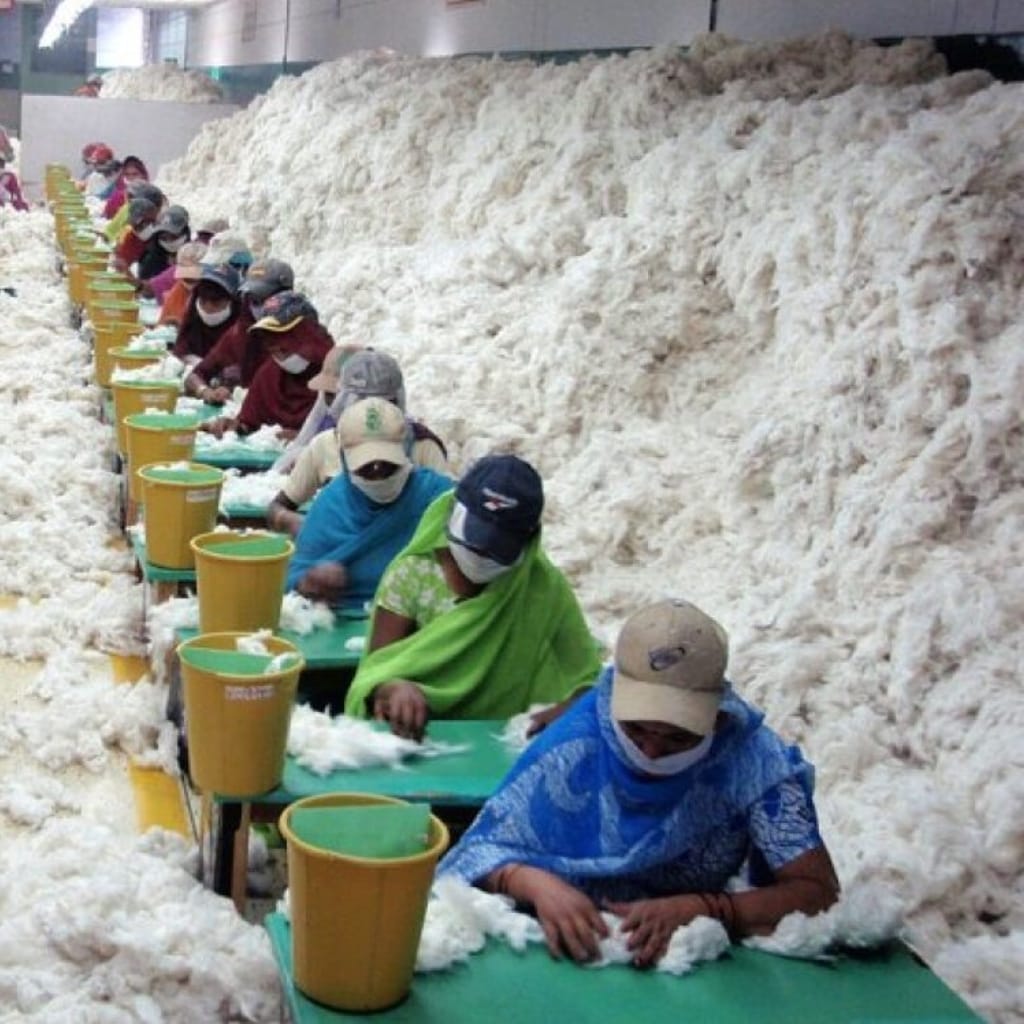
This is a fairly easy guess in ‘where is cotton grown in the world’ as India once again is leading in terms of production, depending on yearly yields. Prominent cotton growing states includes Maharashtra, Gujarat, and Telangana. Like most countries, India uses a great deal of genetically modified cotton to maximize output and eliminate pests. This immense production syndicate is driven by small farmers, primarily. In spite of irrigation and climate hurdles, India’s cotton sector remains resilient. Hence, this makes India a significant part of the answer to where is cotton grown in the world.
The Technological Advantage of China in Cotton Crop Farming
China provides a different, yet equally significant answer for the question of where cotton is grown in the world. Xinjiang province of China is responsible for most of the country’s cotton production on account of its efficient irrigation and large farms. Yields are increased and costs lowered through the use of sophisticated technologies like automated harvesters and satellite monitoring. China also consumes a large share of its cotton in domestic processing to fuel its sprawling textile industry. Thus, China is remarkable for its tech-oriented, gigantic operations in crops where cotton is grown around the globe.
Combining Sustainability with Scale: the United States
The United States presents a unique consideration in the discussion about where is cotton grown in the world. American cotton farms are one of the largest in the world and are fully mechanized, featuring the latest agricultural technologies. Leading cotton states include Texas, Georgia, and Mississippi. The primary focus of the country is high yield and top grade cotton, usually for export. Additionally, sustainable practices such as crop rotation and precision irrigation are common. The U.S. is in strong international demand and is a robust contributor within the debate on where is cotton grown in the world.
Pakistan: Cotton’s Strategic Importance
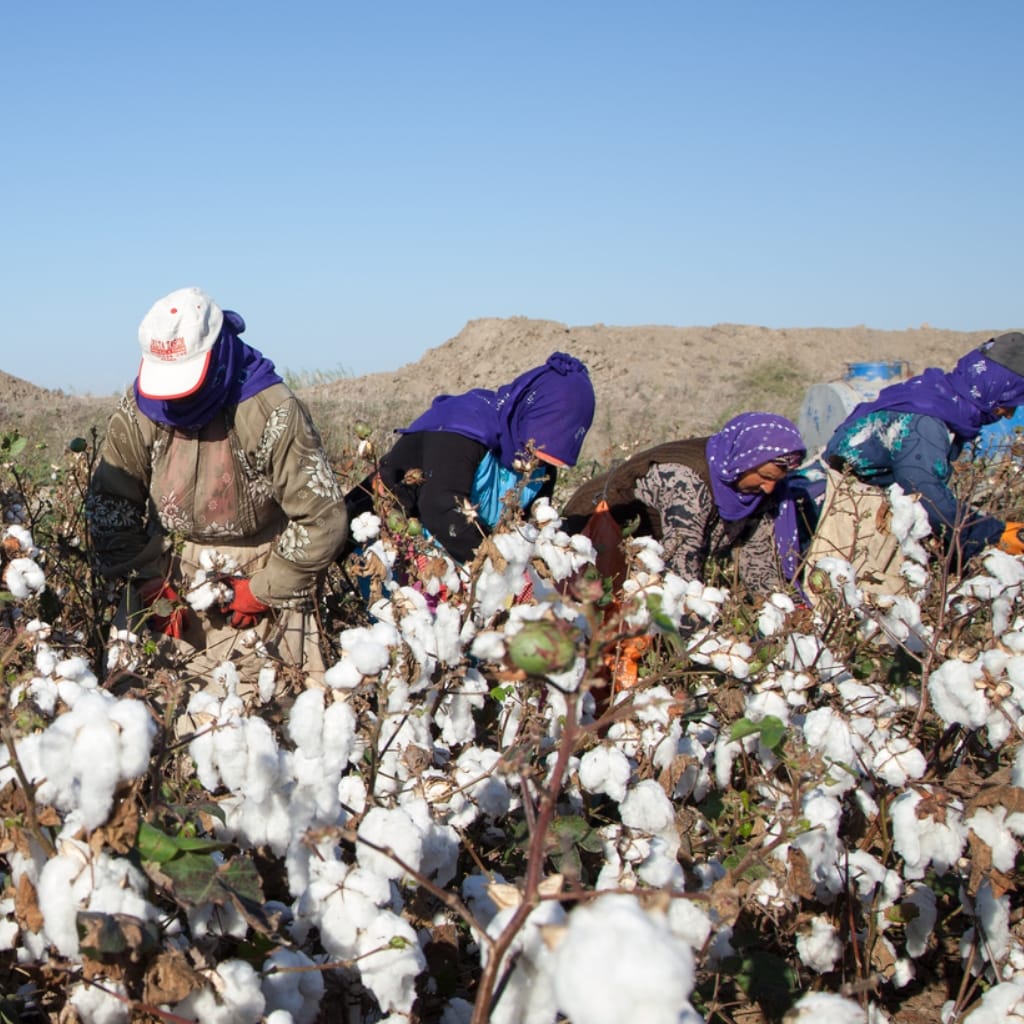
Pakistan plays a crucial role in the conversation regarding the global cultivation of cotton. The crop is vital for the economy of the country, particularly in the provinces of Punjab and Sindh. Cotton alone sustains the massive textile industry in Pakistan which impacts exports and job creation. However, the industry has to deal with problems like climate change impacts and lack of modernization in agricultural practices. There is still some improvement being made to tackle the issues of yield and loss. Nonetheless, Pakistan still holds relevance to the question of where is cotton grown in the world especially in the South Asian context.
Brazil: An Emerging Cotton Export Giant
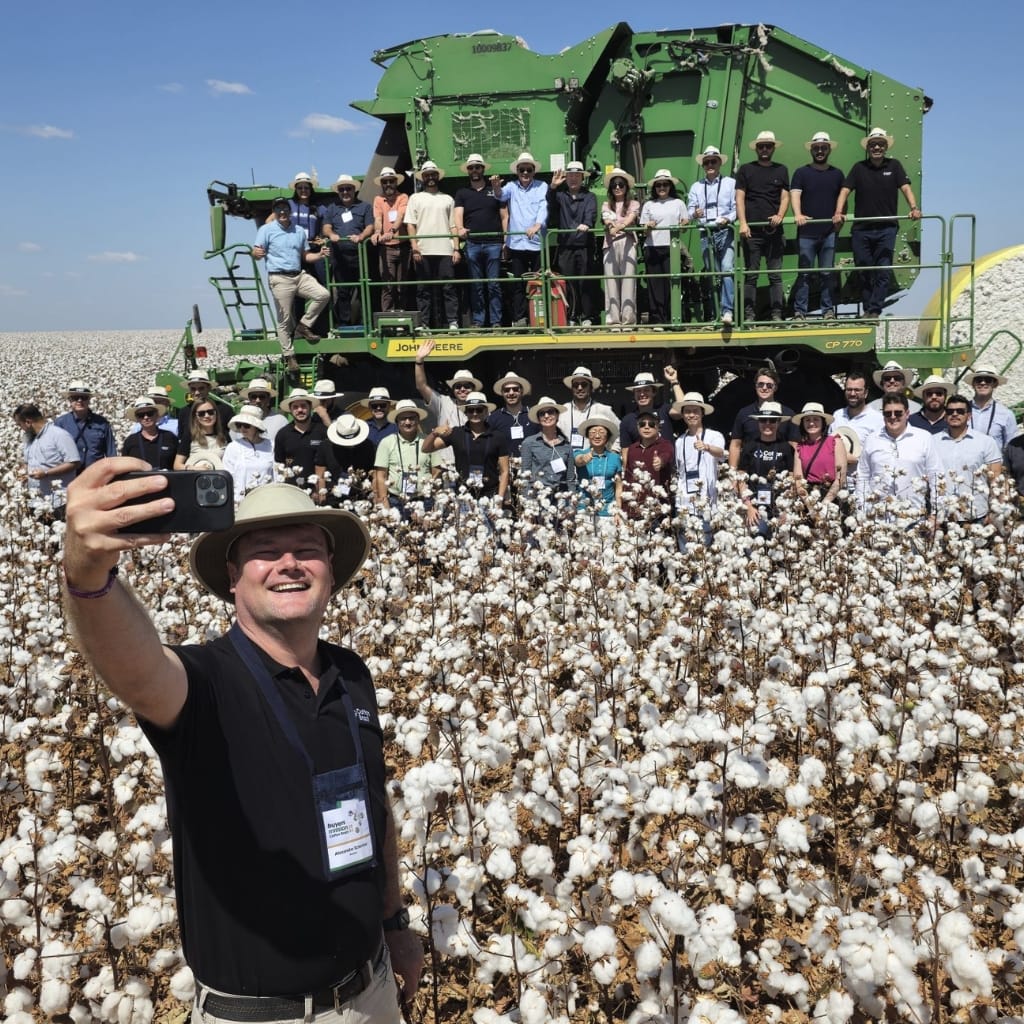
If you are looking to expand your knowledge to outside of traditional places wondering where is cotton grown in the world, Brazil is the one for you. The country is one of the rapidly developing producers of cotton. Mato Grosso is the frontrunner because of its modern farming and extensive large scale farms. Rain-fed irrigation reduces irrigation costs in the region. Most of the production is exported to Asia, mainly China. Brazil is firmly establishing its position in the world of where is cotton grown in the world today, especially as it develops infrastructure and expands acreage.
Uzbekistan: Central Asia’s Cotton Pioneer
During Sovet times, Uzbekistan was one of the most prominent regions producing cotton within the Soviet Union. Even today, it holds a key position in the discussion of where is cotton grown in the world. The country has reformed its cotton industry by modernizing it, removing forced labor, and implementing private farming systems. These changes boost its economy, as a large amount of the cotton produced is exported. Uzbekistan’s cotton industry is transforming and emerging as a prominent case in the discussion of factors such as “where is cotton grown in the world”.
Africa: Rising Cotton Producers
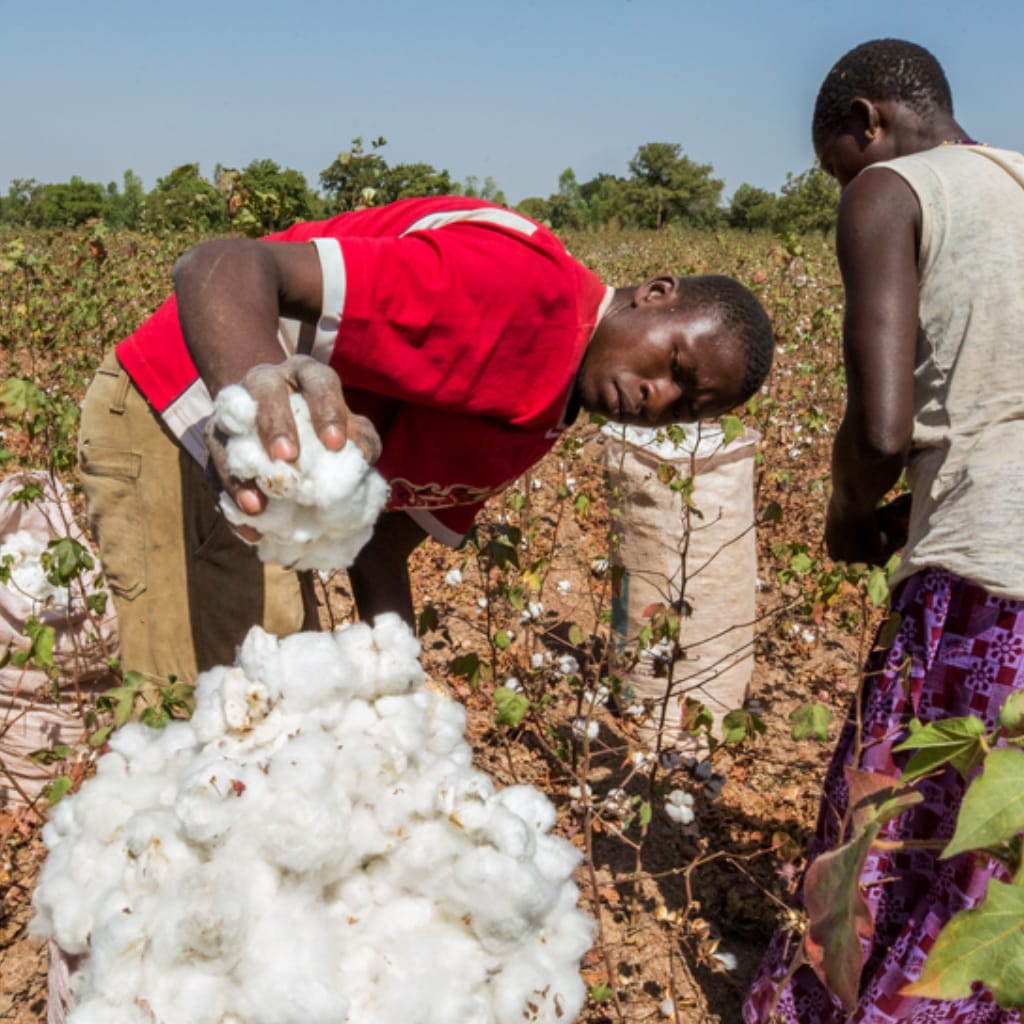
With time, Africa has become increasingly relevant as a region “where is cotton grown in the world”. Countries such as Mali, Burkina Faso, and Benin produce cotton of very good quality. Cotton contributes to a majority of the income value of these economies and helps in boosting rural economy. Most of their cotton comes from small farmers’ fields and is reliant on rain. There is increasing attention towards improving yield and sustainability. With further investment, Africa’s place in “where is cotton grown in the world” stands to increase significantly.
Australia: Efficiency and Quality in Cotton
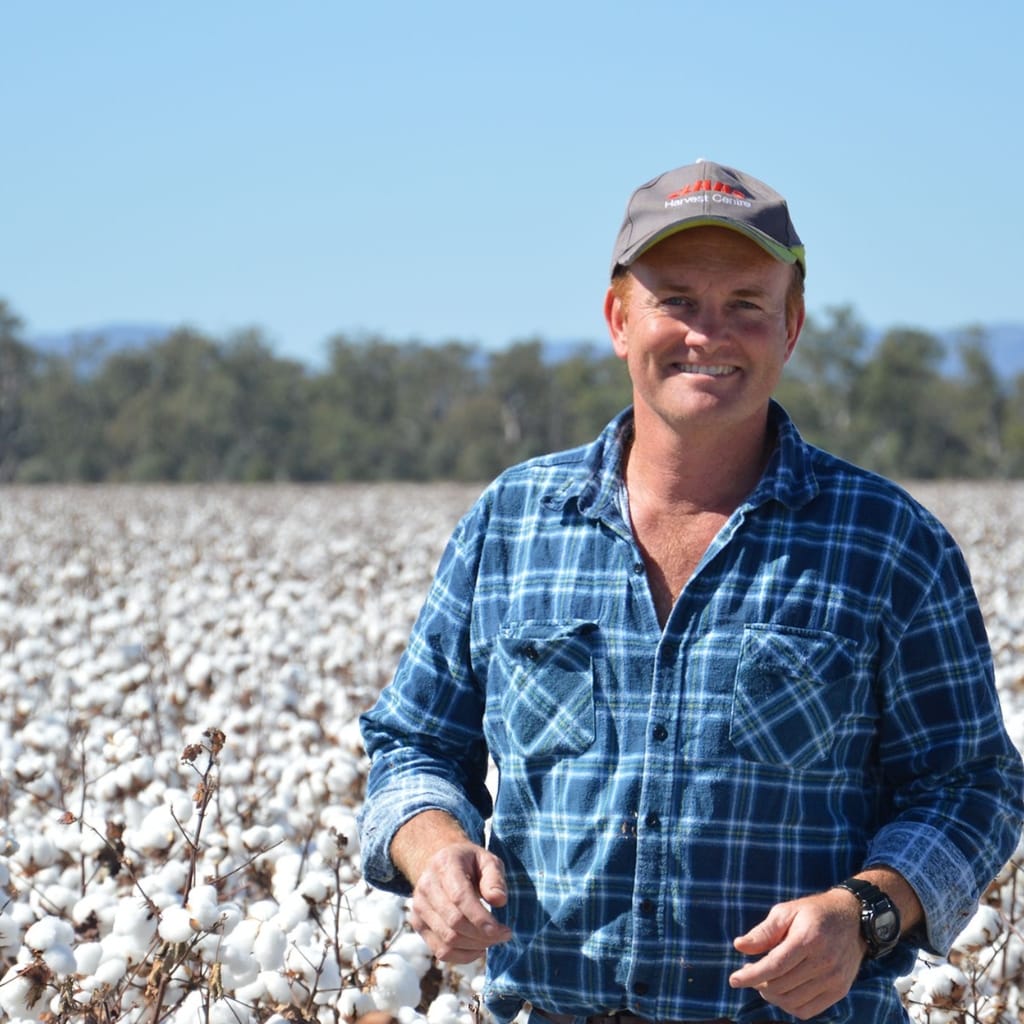
Australia provides a surprising yet important answer to the question regarding regions of global cotton cultivation. Although not the top producer by volume, Australia leads in efficiency and utilizes the latest farming techniques along with innovative irrigation systems. Most cotton comes from New South Wales and Queensland. Australian cotton is regarded as one of the cleanest and strongest in the world, which makes it a highly sought after product. Thus, Australia is a prime example of how innovation shapes the regions in which cotton is grown globally.
Climate, Soil, and Location: Key Factors in Cotton Growth
Answering the question, where is cotton grown in the world, requires an in-depth analysis of the specific region’s soil and climate. Cotton grows best in warm areas with a long frost-free period, but it also requires fertile soil that is well drained, as well as plenty of sunshine. Precipitation, whether from rainfall or irrigation, is also important. This is why countries with subtropical or tropical climates dominate global production. However, due to climate change, these patterns are shifting. It may be possible for new regions to become production hubs. Therefore, climate is essential when determining regions for world cotton cultivation.
Cotton Farming’s Evolution: Sustainability Strategies
Environmental sustainability now determines where cotton is grown around the world. Governments and farmers are adopting modern eco-friendly approaches like pest-resistant crops, organic fertilizers, drip irrigation, and more. Drip irrigation and using pest-resistant crops makes farming more sustainable and reduces the environmental impact. Sustainable farming ensures that both the earth’s resources and the farmer’s livelihood will endure for years to come. Initiatives like Better Cotton Initiative (BCI) are actively encouraging responsible farming through certification programs. As the awareness of responsible practices increases, sustainability will fall under the spotlight as the key deciding factor determining where is cotton grown in the globe.
Impact of Global Trade on Cotton Growth: Trade Dynamics
Global trade also shapes where is cotton grown around the world. A lot of nations cultivate cotton for export instead of local consumption. For example, China is one of the largest producers of cotton, but on the other hand, they also import cotton. The United States and Brazil export a lot of cotton to Asian countries. The flow of cotton greatly depends on the trade policies, tariffs imposed, and the transportation logistics available. These factors deeply impact where is cotton grown around the globe and how these practices impact glob al economies.
Technological Innovations and its Importance
As technologies such as GPS-enabled tractors and AI-powered irrigation units augment efficiency, farming operations are indeed getting more sophisticated. Drones conduct automated surveillance of crops, and mobile applications assist in the allocation of resources at the farm. These advances amplify productivity, slash costs, and make it possible to cultivate crops in regions once deemed impossible. Therefore, technology has a significant impact on where cotton is cultivated around the world.
The Most Important Changes and Trends Selected for the Future of Cotton
In the near future, cotton cultivation worldwide will be affected by a number of factors, including climate change, which may modify the location of farming areas, and technological progress that will permit more regions to join the business. There is also a growing shift among consumers toward ethical and organic cotton, which alters farming techniques. The countries that will invest in innovation will take the lead. Therefore, the possible changes in the world create a need to analyze where cotton is grown around the globe.Cotton in the Textile Supply Chain
Cotton serves as the backbone for the textile industry. Whenever we seek to know, “Where is cotton grown in the world?” We are asking about the starting point of the fabric. Brands look for reliable and ethical suppliers. Any interruption in the cotton-growing regions affects the supply chains of fashion. Thus, the textile map of the world is dependent on “Where is cotton grown in the world.”
Policy Impacts on Cotton Production
Policies formulated by the government strongly dictate “Where is cotton grown in the world.” Subventions, funding for research, and treaties impact the decision. For instance, the U.S. gives huge amounts of aid to farmers producing cotton. While in India, there is a guarantee of the minimum selling price. These policies alter the amount of cotton grown and the region it is cultivated. Therefore, policy choices decisively influence “Where is cotton grown in the world.”
Social and Labor Factors
The location of the workforce greatly impacts “Where is cotton grown in the world.” In some areas, the handpicking of cotton is still practiced. In other areas, machines do most of the work. Sets of rules governing employment, salary levels, and working conditions are equally important. Ethical considerations are on the rise, changing the consumer’s approach which makes these factors significantly impact “Where is cotton grown in the world.”
Water Use and the Environmental Costs of Cotton Production
Cotton is a water-intensive crop. Thus, water availability virtually controls the geography of cotton cultivation. Regions afflicted with drought are in dire straights. That is why water-efficient methods are of the utmost importance. Farmers implement drip irrigation systems, moisture sensors, and water recycling programs. We are looking toward the future of sustainable water use and asking where is cotton grown in the world.
Organic Cotton: An Emerging Shift
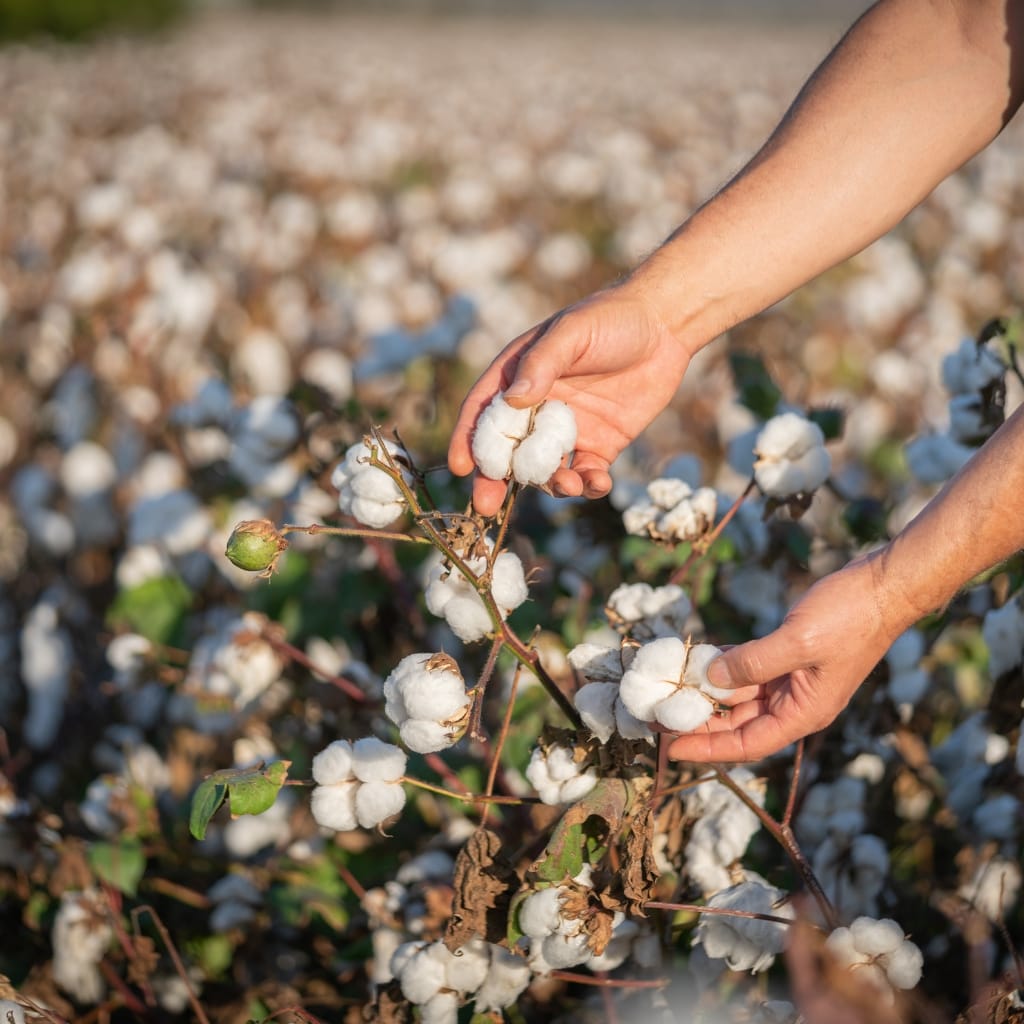
This trend in organic farming shifts the debate over “where is cotton grown in the world” to the forefront. India, Turkey, and Tanzania are at the forefront of this movement. These farms do not apply any synthetic herbicides or pesticides, which helps in soil preservation and promotes biodiversity. As the global demand for clean cotton increases, organic farming will increasingly dictate where is cotton grown in the world.
Cotton’s Advantages Over Synthetics and Their Competition
Polyester and other synthetic fibers offer competition to traditional farming. Still, cotton reigns king due to its comfort and breathability. With an increasing number of consumers prioritizing environmental issues, cotton is once again finding a place in people’s hearts. Sustainable practices only strengthen its advantages. Thus, market equilibrium dictates where is cotton grown in the world.
Cotton and Ecosystem Protection
Caring for the environment is becoming an important factor in how and where cotton is produced globally. Inappropriate practices negatively impact soil and biodiversity. However, modern methods like crop rotation and environmentally friendly pesticides offer solutions. Responsible practices ensure that cotton can be harvested as a viable crop. Thus, ecosystem care is also part of cotton cultivation focus areas globally.
Women and Cotton Cultivation
In most areas, women contribute extensively to cotton farming. They, however, have little to no authority to make strategic decisions. Husbands, in most cases, spend their incomes on football and other entertaining activities. Promoting women can increase productivity and household revenue. In the recent past, efforts towards achieving gender balance in agriculture have intensified. Therefore, this also affects where is cotton grown in the world.
Education and Advanced Preparation for The Farmers
Education enhances the place of cotton production in the world. Farmers trained in new methods tend to have increased yields. NGOs and local governments organize lectures and offline and online sessions. Such initiatives alongside NGOs’ joint efforts increase the regions where cotton farming exists across the globe. Subsequently, knowledge is primary in determining the geography of cotton farming.
Genetically Modified (GM) Cotton and Biotechnology
Biotechnology has shifted the map of cotton cultivation around the globe. GM cotton has a pest resistance and yield enhancing traits. Adoption is spearheaded by India and the U.S. though debates around safety and sustainability linger. Regardless, biotech impacts the landscape of global cotton farming.
Cotton Growers Challenges
Farming cotton comes with its fair share of challenges. Managing the uncontrolled economy, pests, shift in temperatures and weather, and the climate are primary issues faced. Weak political systems and in sufficiency in infrastructure can stunt output too. To expand the where cotton is grown across the world, these issues must be dealt with. Global solidarity is crucial.
The Future of Cotton and Climate Change
Current and latent cotton producing regions face a hazard from global warming: rising temperatures and altered precipitation patterns. Thus, adaptation to climate change becomes more important. Other ongoing research includes developing better systems for irrigation and heat resistant seeds. These breakthroughs will influence where cotton is grown in the world in the future.
Demand of consumers and the cotton
The best example of where to see the impact of consumer behavior is the cotton map. The demand for organic and ethically sourced cotton is increasingly on the rise. Knowing the source of their cotton is pivotal for brands. Businesses need to operate this way if they want to earn consumer trust. Thus, consumer behavior drives where is cotton grown in the world.
Concluding Remarks on the Global Trends of Cotton
From the geography of cotton cultivation, the answer is multidimensional. It crosses borders and integrates economies. As technology, climate, and markets change, the cotton map continues to evolve. In its full complexity, these patterns need to be understood from farms to fashion shelves.
From the education of this cultivation, its intercontinental relations depicts economic, ecological, and social synergies. While trade, life, and goods heavily rely on cotton, it remains essential to the world.
FAQs
Cotton is grown the most in India, China, and the United States. These countries dominate global cotton production due to their ideal climates, large farming areas, and advanced agricultural technology. Understanding where in the world is cotton grown the most helps identify global supply trends.
Current trends show a rise in sustainable practices, increased use of technology, and shifting climates. As a result, the answer to where in the world is cotton grown is changing. Countries like Brazil and some African nations are becoming more prominent in global cotton markets.
Knowing where in the world is cotton grown helps businesses manage textile supply chains, governments make agricultural policies, and consumers make ethical choices. It also highlights which regions rely economically on cotton farming.

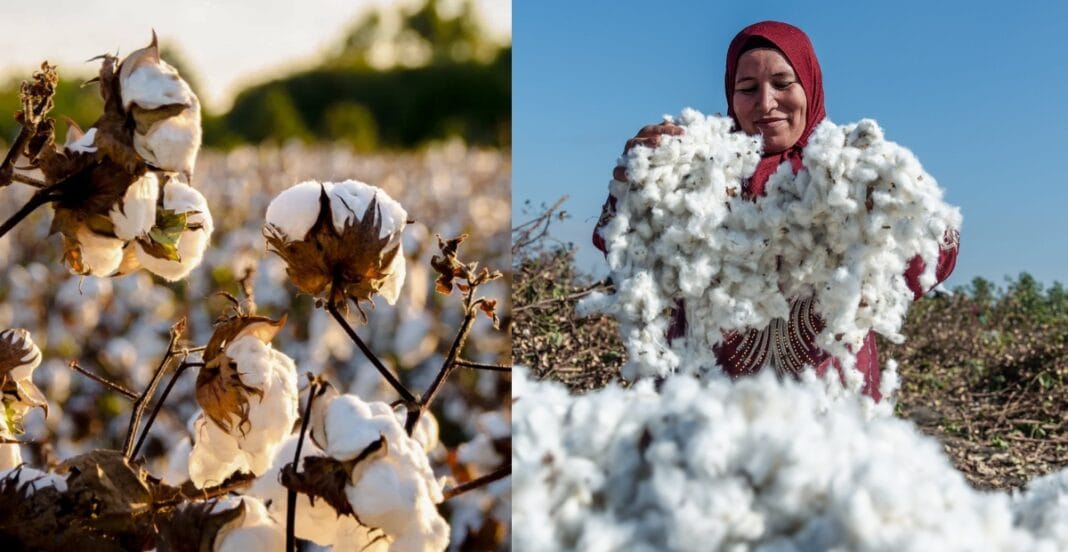

Great breakdown of global cotton production! I’m curious how the growing push for sustainable farming practices is influencing yields and techniques in countries like India or Pakistan.